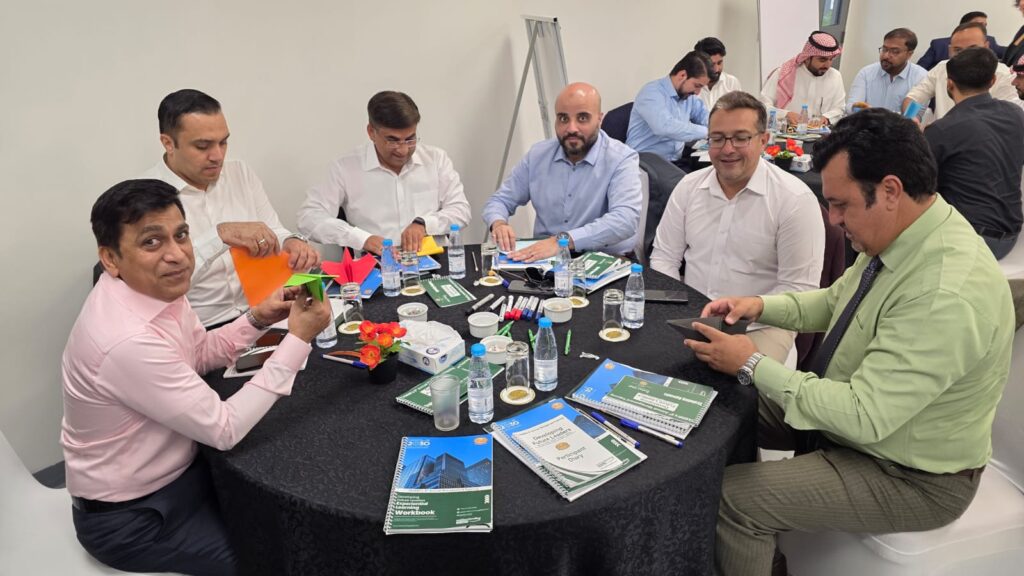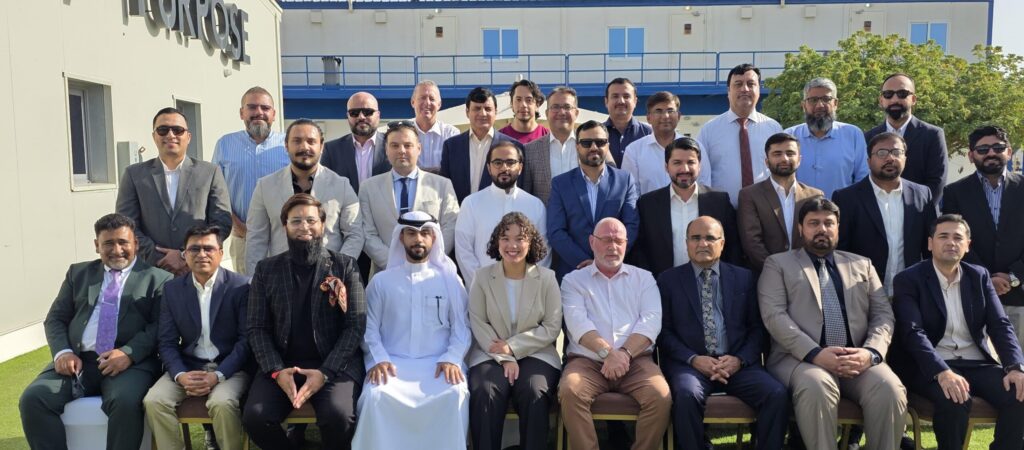Leadership and Board Effectiveness
- Home
- Leadership and Board Effectiveness
- MODULE B
Leadership and Board Effectiveness
- Structured succession planning
- The future fit director
- The effective board secretary
- Getting the best out of board committees
- The future board
- Reporting to the board
- How to be an effective chairman
Structured Succession
Planning
- Developing a clear and effective succession plan
- Identifying and grooming future leadership talent
- Ensuring continuity in leadership roles
- Addressing gaps in leadership capabilities
- Board involvement in the succession process
- Crisis management and emergency succession planning
- Diversity and inclusion in leadership succession
- Role of external advisors in succession planning
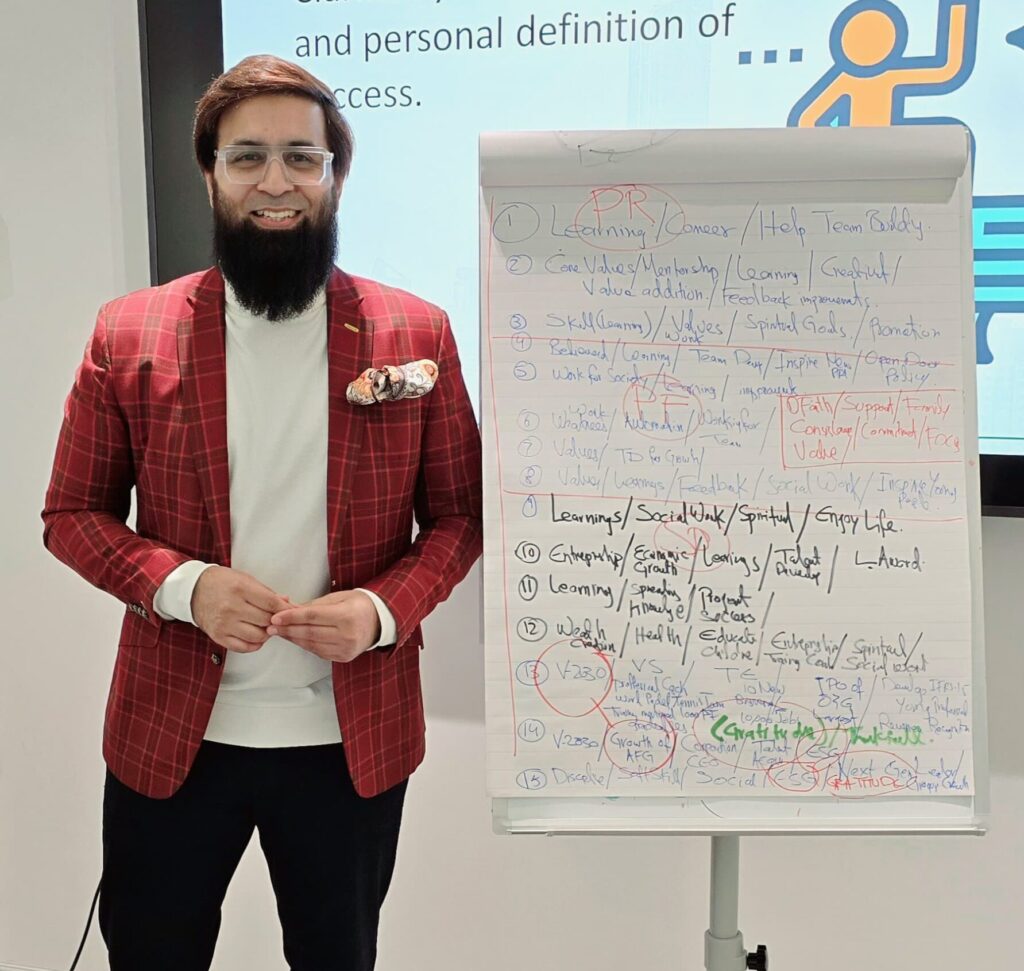
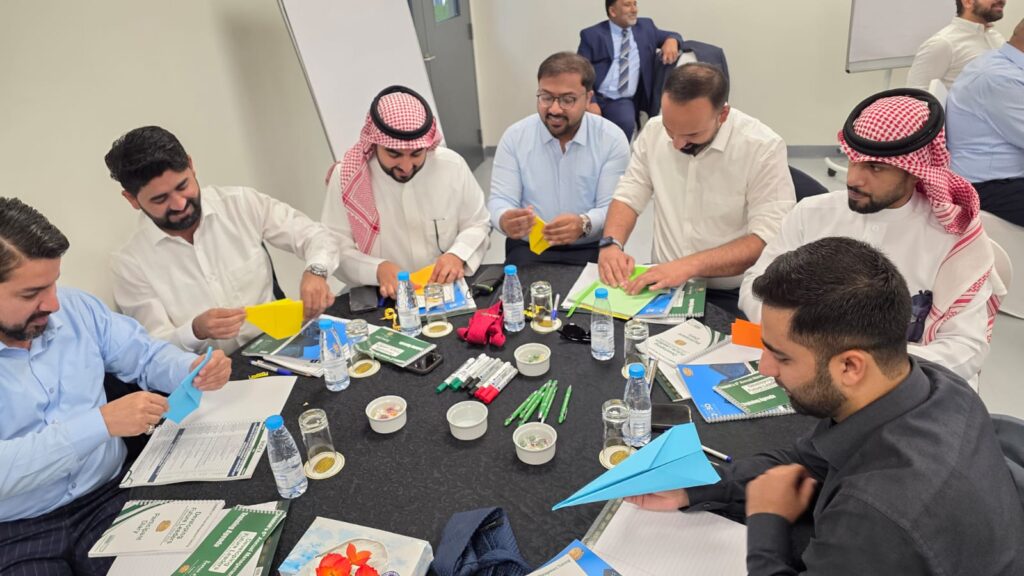
The Future Fit Director
- Key skills and attributes for future directors
- Adaptability to technological advancements
- Embracing digital transformation and innovation
- Understanding sustainability and ESG priorities
- Critical thinking and strategic decision-making
- Collaborative leadership in a diverse environment
- Continuous professional development for directors
- Balancing traditional governance with new-age strategies
The Effective Board Secretary
- Role and responsibilities of the board secretary
- Ensuring proper governance practices and compliance
- Organizing and documenting board meetings
- Communicating between the board and management
- Advising on legal and regulatory matters
- Managing board procedures and protocols
- Facilitating board member development
- Handling sensitive information with discretion
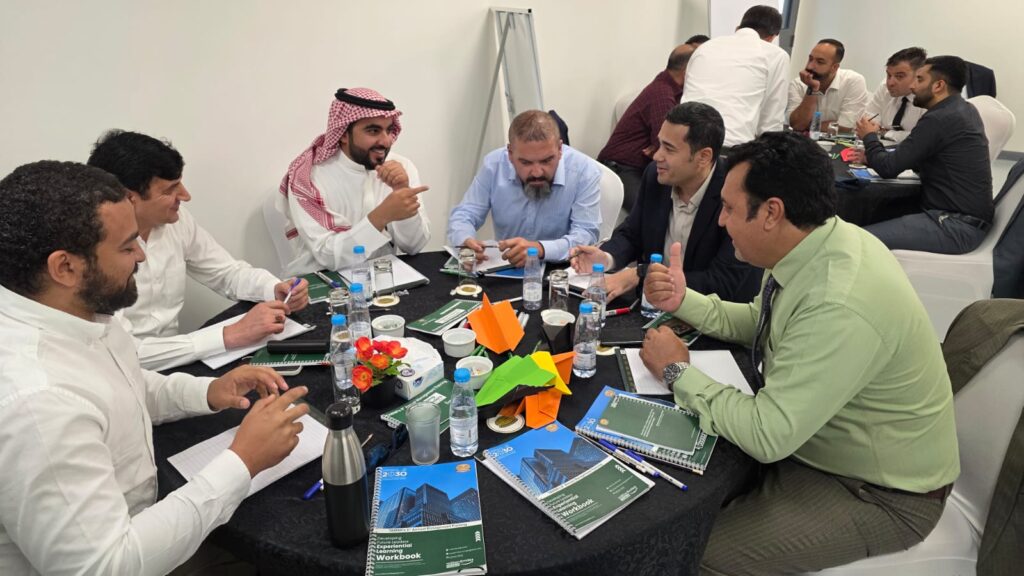
Getting the Best out of Board Committees
- Establishing clear roles and objectives for committees
- Ensuring effective communication between committees and the board
- Recruiting the right members for each committee
- Defining key performance metrics for committees
- Evaluating committee effectiveness
- Supporting committees in their decision-making processes
- Best practices for committee meetings and agendas
- Leveraging committees to improve governance and oversight
The Future Board
- Defining the characteristics of the future board
- Incorporating diversity, digital, and ESG considerations
- Adapting to changing governance landscapes
- Enhancing the agility and responsiveness of the board
- Board structure and composition for the future
- Importance of skills and knowledge diversity
- Harnessing technology for improved governance
- Collaborative approaches to board decision making
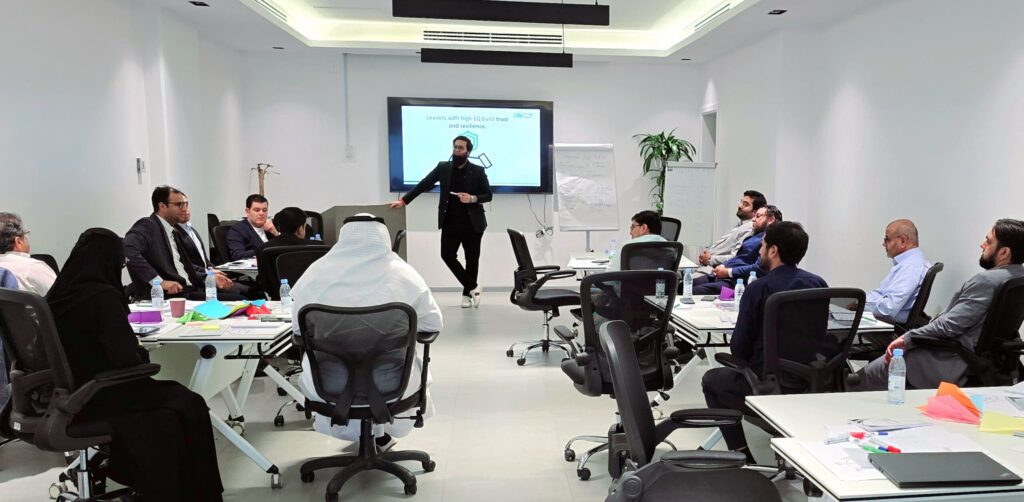
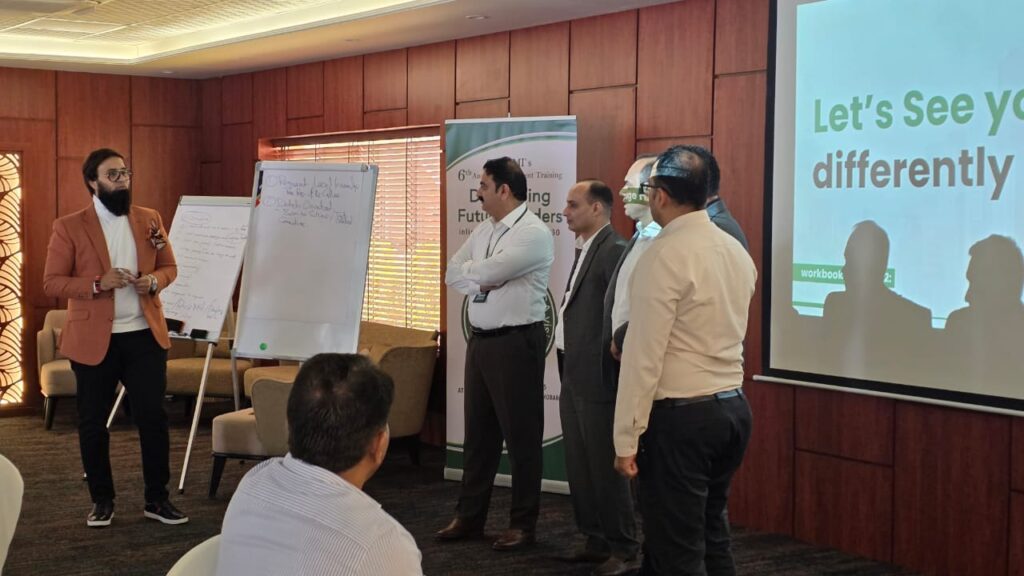
Reporting to the Board
- Best practices for board reporting and communication
- Clear, concise, and actionable reporting formats
- Aligning reports with board priorities and strategic goals
- Incorporating risk management and performance metrics
- Ensuring timely and accurate reporting
- Tailoring reports for diverse board members
- Continuous improvement in reporting practices
- Enhancing transparency through effective communication
How to be an Effective Chairman
- Defining the role and responsibilities of the chairman
- Leading the board with vision and clarity
- Facilitating constructive discussions and decision-making
- Managing conflicts and ensuring impartiality
- Building strong relationships with fellow directors
- Encouraging a collaborative and inclusive board culture
- Ensuring board effectiveness through regular assessments
- Championing good governance practices and ethical leadership
